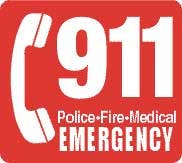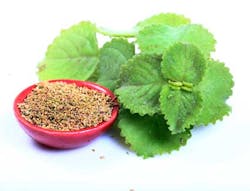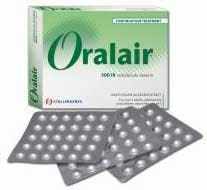National Stroke Awareness Month, periodontal news, and immunotherapy
A new survey asked periodontists, dental hygienists, and general dental practitioners about the discipline of periodontics.(1) The results showed that the most important statement by all cohorts is “Periodontists surgically treat advanced gum and bone infection problems.” “Periodontists are educators promoting health” was viewed as the least important statement by all groups.(1) What do you think? Also in periodontal news, inflammation is the recurring theme. A commentary by Dr. Thomas Van Dyke talks about periodontitis being considered an immuno-inflammatory, host-mediated destruction of bone and connective tissues that support the teeth. Dr. Van Dyke proposes that the challenge of the future is a focus on resolution of inflammation for the treatment of all chronic inflammatory diseases, including periodontitis. The relationship of the biofilm to the host is still important, as inflammation may actually encourage overgrowth of periodontal pathogens in the periodontal pocket.(2) While this may go against what we were taught, developing statistics propose that periodontal pathogens that are generally present in low numbers use inflammation to provide an environment to foster their growth.(2) The suggestion is that the disease-causing biofilm is a result of inflammation. Read the article to see if you agree. Another recently published study concluded that that a routine preprocedural mouthrinse could eliminate the majority of bacterial aerosols generated by the use of an ultrasonic unit, and that 0.2% chlorhexidine gluconate is more effective than herbal mouthwash.(3) The herbal mouthwash used is made from natural herb extracts bibhitaki (Terminalia bellirica), nagavalli (piper betle), and peelu (Salvadora persica) 5 mg; powders peppermint satva (Mentha spp.) and yavani satva (caraway; Trachyspermum ammi), and oils gandhapura taila (wintergreen; Gaultheria fragrantissima) and ela (cardamom; Elettaria cardamomum).(3)
In pivotal clinical studies conducted in adult patients, the adverse events most commonly observed during the first year of treatment with Oralair were: oral pruritus, throat irritation, ear pruritus and mouth edema.(5)
For more on diabetes, obesity, and patient education, visit the National Diabetes Education Initiative.(6) You can find information on how often to perform the HbA1c test, the correlation of HbA1c with average glucose, and more. You may also want to view the Standards of Medical Care in Diabetes—2014, by the American Diabetes Association.(7)
Enjoy the newsletter.
References
1. Chang PK, Hall J, Finkelman M, Park A and Levi PA. A Survey: How Periodontists and Other Dental Professionals View the Scope of Periodontics. Journal of Periodontology. Posted online on 28 February 2014.
2. Van Dyke TE. Commentary: Periodontitis Is Characterized by an Immuno-Inflammatory Host-Mediated Destruction of Bone and Connective Tissues That Support the Teeth. Journal of Periodontology, Vol. 85, No. 4: 509-511, April 2014.
3. Gupta G, Mitra D, Ashok KP, Gupta A, Soni S, Ahmed S, and Arya A. Efficacy of Preprocedural Mouth Rinsing in Reducing Aerosol Contamination Produced by Ultrasonic Scaler: A Pilot Study. Journal of Periodontology, Vol. 85, No. 4: 562-568, April 2014.
4. http://www.stallergenes.us/uploads/media/Oralair_FDA_Approval_PR_Greer.pdf.
5. http://www.paladinlabs.com/oralair/Prescriber_en.pdf.
6. http://www.ndei.org/.
7. http://care.diabetesjournals.org/content/37/Supplement_1/S14.extract.
Sincerely,
Maria Perno Goldie, RDH, MS
To read previous RDH eVillage FOCUS introductions by Maria Perno Goldie, go to introductions.
To read more about immunotherapy and dental hygiene, click here.











